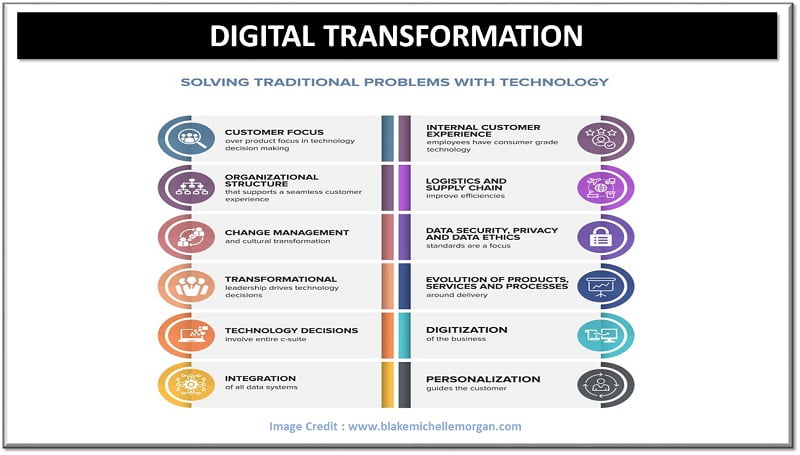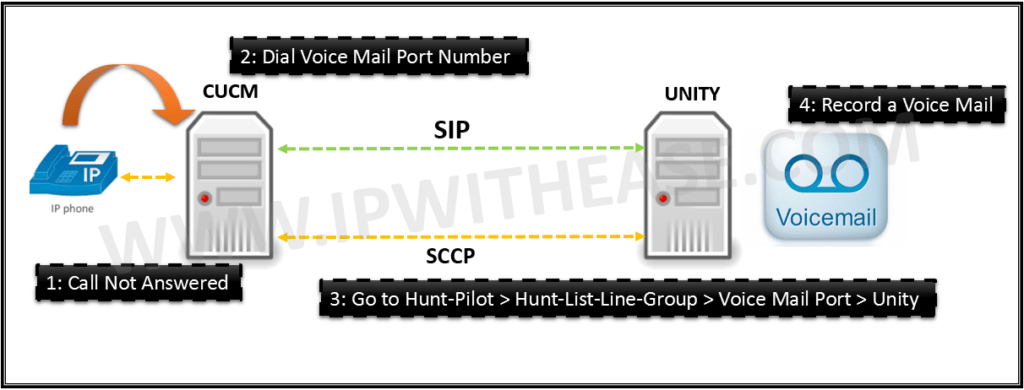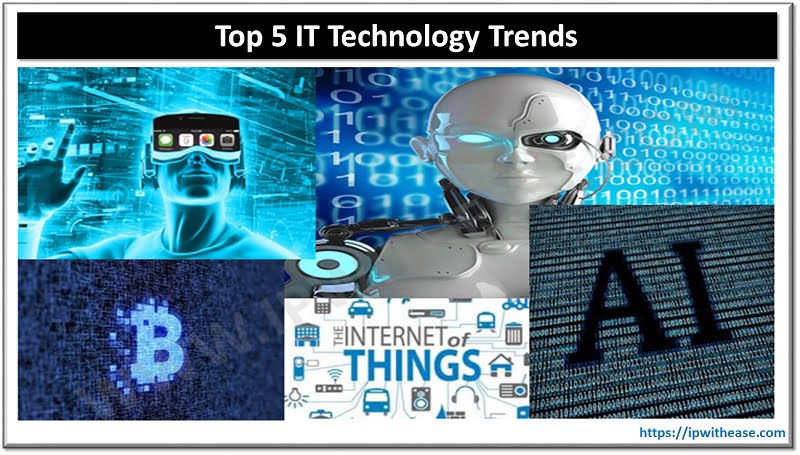Table of Contents
According to Faisal Hoque’s “Why Design Thinking is critical for a Digital Future,” digital transformation can be defined as a process whereby an organization shifts its operation models, processes, and culture as per the evolving digital landscapes.

Like any other organization, the government process is also making numerous efforts to adopt new technologies. And allow lawmakers to come up with some proactive ideas to build and shape a better future. Not only that, the public and government officials are seeking innovative digitization ideas to influence their potential supporters.
This became quite prevalent with the outbreak of Covid-19. While adjusting to “the new normal,” many government relation teams preferred to adopt virtual meetings and other digital communication tools. Why? It’s because using such measures were helping them to easily communicate with the lawmakers, staffers, digital advocates, and lobbyists.
But that was not only the case. So, what led to this digital transformation? Surprisingly, many drivers lead to the digital revolution, and here is a brief culmination of a few essential drivers that influenced this digital transformation.
Let’s start!
Factors that drove to Digital Transformation
With changing technology today, the government has to face many digital challenges than before. However, some of you still believe that digital transformation is only limited to sharing information through websites.
Digital transformation is driven by a combination of technological, economic, competitive, and societal factors. Here are the key ones:
Technological Advancements
- Cloud Computing: Scalable, cost-effective IT infrastructure.
- AI & Machine Learning: Automation, data analysis, personalization.
- IoT (Internet of Things): Real-time data from connected devices.
- 5G & Connectivity: Faster, more reliable communication.
- Blockchain: Secure, transparent digital transactions.
Changing Customer Expectations
- Demand for Personalization: Customers expect tailored experiences.
- Omnichannel Interaction: Seamless experience across web, mobile, and in-person.
- Instant Gratification: Speed and convenience are top priorities.
Business Competitiveness
- Innovation Pressure: Need to stay ahead or keep up with tech-savvy competitors.
- Cost Efficiency: Streamlining operations through automation and digital tools.
- Data-Driven Decisions: Using analytics to guide strategy and improve performance.
Global Events & Market Dynamics
- COVID-19 Pandemic: Forced rapid adoption of remote work and digital services.
- Globalization: Companies need digital tools to operate and compete globally.
- Supply Chain Complexity: Need for real-time visibility and flexibility.
Workforce Evolution
- Remote Work Trends: Demand for digital collaboration tools.
- Digital Skills: Growing need for tech-savvy employees.
- Employee Experience: Better tools improve engagement and productivity.
Regulatory and Security Requirements
- Data Privacy Laws (e.g., GDPR): Require more secure digital practices.
- Cybersecurity Threats: Drive investment in digital defense systems.
- Compliance Needs: Digital systems help track and meet regulatory obligations.
Not only that. Nowadays, email marketing is being used by legislative agencies to communicate and reach out to the supporters. For this, the concerned authorities make sure that the email drafted is impressive and out-of-the-box to sway their audience. Thanks to digital transformation, all such work can be quickly done using smartphones. According to the recent survey, this is even more beneficial when a mobile-optimized email gets a 15-30% click-through rate than the one which is not.
This doesn’t end there!
The advancement of the internet and social media platforms unlocks new opportunities for two-way-communication between agencies and their supporters. The Govt-officials harnessed these platforms and sought the establishment of the offices to explore and leverage innovation.
The trending tweets and news on social media are the topic of the day. To have an idea about the current scenario, the government officials include advanced social media monitoring technology to keep an eye on what’s trending. And it also helps in connecting with the supporters at the personal level.
Wrapping Up
Digital technologies are clearly making the process of government operations easier. It ushers new ways of improving the user experience by leveraging the cross-discipline approaches. It involves design thinking, which is a structured and interactive method to facilitate innovation among the stakeholders.
The revolution involves the application of virtual as well as augmented reality technology in the contemporary government. Continuous rise in the efficiency and transparency curve, the aligning processes, smart government decisions, and access to managed information by bridging the digital divide is further helping the legislative success.
ABOUT THE AUTHOR
IPwithease is aimed at sharing knowledge across varied domains like Network, Security, Virtualization, Software, Wireless, etc.



